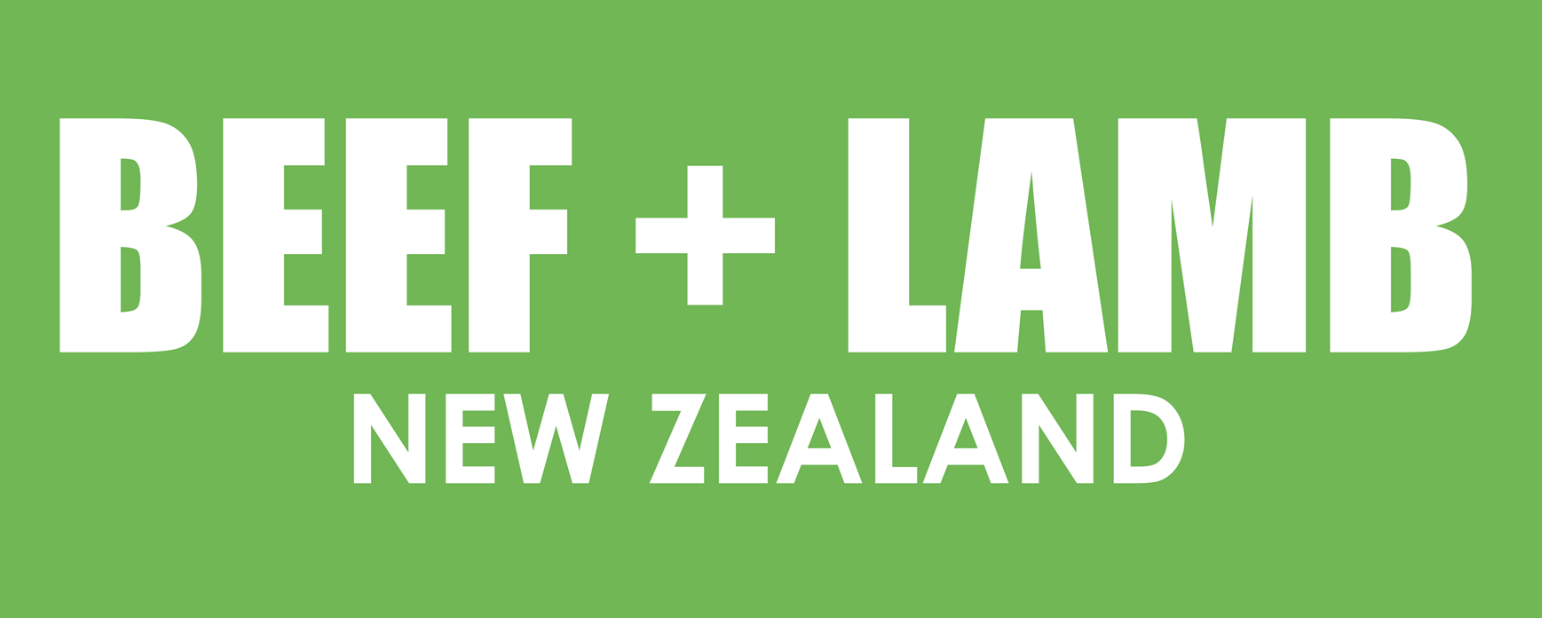Lamb freekeh bowls
Bloody autocorrect. Ours has a field day with ingredient names we’d think it should jolly well know better. We’ve ‘butthurt’ our corn when it should have been buttered. We added ‘shitpotle’ not chipotle to our chilli, although this one was arguably more of a straight typo. Our breasts got ‘plugged’ instead of glugged with sweet soy. Our turkey has been slathered in ‘Greece’ (oops), our strawberries ‘masturbated’, not macerated (naughty!), and our beef salad got ‘freaked’, rather than tossed with freekeh. Sigh. The struggle is real.
Anyway; freekeh. The first time we ate it was in Cairo. Fresh off a plane we headed straight to try one of the city’s classic dishes… ham mash. (We mean ‘hamam mahshi’. See? We told you). Hamam mahshi is pigeon stuffed with spiced burgle (STOP! It’s BURGHUL!) or freekeh, then grilled over charcoal. Ours arrived unadorned on a large white plate, with stiff legs akimbo; it looked like something John Cleese might pick up and wave around. It had zero give, was somewhat Greece-y, and not at all meaty. Everyone else seemed happy with theirs so maybe it just wasn’t our thing, but we do remember the freekeh part being interesting. Smoky. Pleasantly chewy. Earthy. Yum.
If you’re unfamiliar, freekeh is durum wheat harvested while still green, then roasted (over fire or in industrial ovens) and rubbed to remove the chaff – in Arabic the name means ‘to rub’. Traditionally used in countries like Jordan, Syria, Lebanon, parts of Turkey and the afore-mentioned Egypt, it really does taste vaguely smoky and has a wonderfully chewy texture. Because it’s harvested green when the nutrients are optimal, freekeh is really good for you; it’s full of fibre, contains manganese, niacin, copper, zinc and phosphorus, and even protein. You can buy it in two forms, depending on how you’ll use it – cracked freekeh is faster cooking and is mostly used in soups and salads, while whole grain freekeh is preferred for piles (PILAFS!!!!! FFS) and in stuffings such as the one in our hapless Cairene bird. It’s easy to cook too and we really recommend you keep some on hand to add heft to late summer/early autumn salads, then later, hearty soups. We quite like using the whole wheat version in this lamb-y bowl, but feel free to use the softer-eating cracked one instead. Note that cracked freekeh takes about 20 minutes to cook in boiling water while the whole grains take 35-40 minutes. Cracked freekeh has a shorter shelf life, lasting about 3 months in your pantry. The whole stuff will keep a few years if you store it airtight in the cool and dark. We sling our cracked freekeh (and our burghul too) into the freezer to extend its life.
SERVES 4
1⅔ cups (330g) whole grain freekeh
1½ tbsp olive oil
2 lamb backstraps (about 600g), trimmed if necessary
300g green beans, trimmed and sliced lengthways (optional)
10-12 Medjool dates, pitted and torn into large pieces
small handful each mint leaves, flat leaf parsley leaves and dill fronds
2 ripe oxheart, or other large, tomatoes, sliced
200g soft goat cheese, broken into large pieces
45g (⅓ cup) pistachios, coarsely chopped
Dressing
60ml (¼ cup) pomegranate molasses
80ml (⅓ cup) extra virgin olive oil
1½ tbsp red wine vinegar, or to taste
2 tbsp honey, or to taste
For the dressing, combine all the ingredients in a bowl, then whisk to combine well. Taste, then season with salt and pepper and add more vinegar or honey to taste if you like. Add 2-3 tsp of warm water to thin if the mixture is very thick (this depends how thick your pomegranate molasses is).
Combine the freekeh and 1.25 litres (5 cups) cold water in a large saucepan and bring to the boil over medium-high heat. Cover the pan, reduce the heat to medium, then cook for 35-40 minutes or until the freekeh is tender and the water is pretty much absorbed. Drain if necessary, then cool to room temperature.
Meanwhile, heat the oil in a heavy-based frying pan over high heat. Add the lamb, season with salt and pepper, then reduce the heat to medium-high. Cook for 4 minutes on each side for medium rare, or until cooked to your liking. Remove from the heat and cool to room temperature.
Cook the beans in a saucepan of boiling, salted water for 2-3 minutes or until just tender, then drain and cool under cold water. Pat dry.
Combine the freekeh, beans, dates and most of the herbs in a large bowl. Drizzle over about half the dressing, season with salt and pepper, then gently toss to combine. Divide among 4 bowls. Thinly slice the lamb on a slight diagonal, then divide the lamb, tomato, goat cheese and remaining herbs among the bowls. Drizzle with the remaining dressing, scatter over the pistachios, then serve.
Proudly partnering with Beef + Lamb New Zealand. Click to meet the newly announced 2024 /2025 Beef + Lamb Ambassador Chefs
Cameron Davies - The Fat Duck, Te Anau






